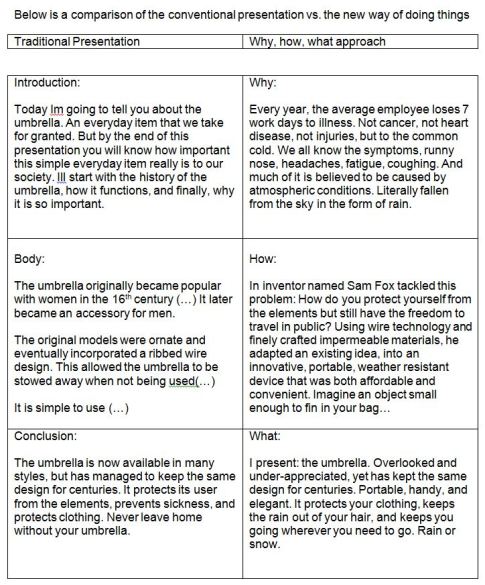Taking Public Speaking to the Next Level.
Lesson 3 – How to get your next meeting, sales conference, lecture or public speaking presentation to be heard, understood and repeated.
For Lesson 1 go to Good Speaker, Good Listener, Lesson 2 go to Good Speaker Great Speaker
Just Google “public speaking” and you`d think the world is suffering from a communication crisis. The number of websites, videos channels and training courses dedicated to overcoming a fear of speaking in front of an audience is staggering. But, it’s understandable. The gripping irrational fear of speaking in front of an audience can be a huge obstacle to success. Poor communication can be excruciating for both the speaker and the audience.
But not for you. You don’t have this problem. You, like many, hold meetings, make toasts. You are such a PowerPoint pro, you don’t even use it anymore . Getting up in front of a room and speaking has pretty much become your thing. You’ve got this. So much that it has become a routine. Almost second nature.If that’s the case, then why are you here?
You want to take it to the next level. The “beginning, middle and end” type of presentation has run its course. It’s time to spruce up the boardroom, classroom, sales-conference with something that will pack a punch. Here’s are some simple guidelines, that can be applied to any presentation, to keep your idea in your audience`s head.
Create suspense

Like in any whodunit, don’t give away the ending till the end. Save the best for last. The name, the solution, the product, the punch line, goes last. Your audience will have to wait for it. That’s OK, they have to listen to the whole presentation anyways. This way they will.
Tell them how it works
Your audience are people. And they only care about one thing. Themselves. They need to see how whatever it is you are talking about applies to them. And they’re right. What is the point of anything that you cant relate to? Nobody has time for that. Explain what it is and how it works, in a way that the audience can picture themselves using it. They need to see the thing doing what it does, with special emphasis on what it does for them.

Explain how it is important
Is this going to be on the test? If not, then why do we need to know it? There needs to be an answer to this question. If you don’t know, then you don’t fully understand it yourself. Once you, the speaker, understand this, you will be able to explain your subject better.
Have a plan
So where do we go from here? You need to create a plan for your presentation. Not a script, but a plan of attack. Conventional logic says to start by introducing the thing you are going to talk about, then explain how it works, then describe its importance. And that’s exactly how you used to do it, too. This has always been a sensible approach to introducing an idea to a captive and interested audience. But you almost never have a captive, interested audience. Instead, you have a bunch of people who’ve got better things to do than listen to you while nodding politely as they think about other stuff. Here’s how you turn things around.
Start with the “why”
“Why, oh why do I have to sit through this presentation?” Your audience is asking themselves this question. Answer it right from the beginning. Before you even tell them what you are going to talk about, tell them why they need to listen. Don’t wait till the end of the presentation, when you have lost them. Tell them right away, while you still have them.
Then tell them “how” it works
“Wait a minute. Aren’t you going to say what it is you are talking about?” No. The audience is not ready yet. They will just have to wait till Christmas morning to open their gifts. In the meantime, anticipation will work to your advantage. As you describe the product/ idea / theory/ solution, your audience will probably figure out what it is on their own. If they are listening. Which they probably are. For what human can resist the suspense? As they picture in their heads the nameless concept being used, and they picture themselves using it, it starts to feel like something they invented themselves. And the trap slowly snaps shut.

Ideally, showing them how it works involves getting them involved. The audience needs to see themselves using it in order to understand its importance to them. Watch how musician Bobby McFerrin explains a complex neurological phenomenon better than any scientist could:
Now you can tell them “what” it is
If they haven’t figured it out on their own yet, the reveal will be a welcome relief. If they have, it is a confirmation of what they already know. Either way, your idea just made a huge impression. You can now give a name to the nameless thing, and take credit for it. Your audience is on board because they practically came up with the idea themselves. And you are the one who got them to think it. It was the butler, in the library with the candlestick. It’s elementary.
It is of course more work to do it this way. But this simple template can be applied to any situation where you need a little persuasion. Your audience will thank you for not wasting their time, as you thank them for listening.
Whether you are a teacher, a sales rep, or the one stuck giving a presentation. You owe it to your audience to get it right, make it interesting, and make it count. Keep to the format, and your audience will be repeating your story as if it were their own. It’s the fastest, most effective way of getting your ideas out there, and make them spread.
Examples:
Like him or not Obama has the technique and the natural talent.
After explaining why it is important, then showing how he does it, we are still amazed at what he can do>
Here, the “what” is a brain tumor. Imagine starting your presentation with that little nugget. Some things are best kept till the end. Instead, she builds up suspense while toying with your imagination.
Starting his speech with “amen”, Larry the Liquidator turns his hostile audience around.
Here the what is also where the audience is implicated.








